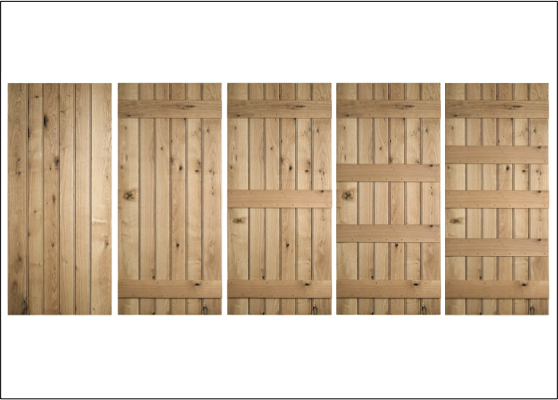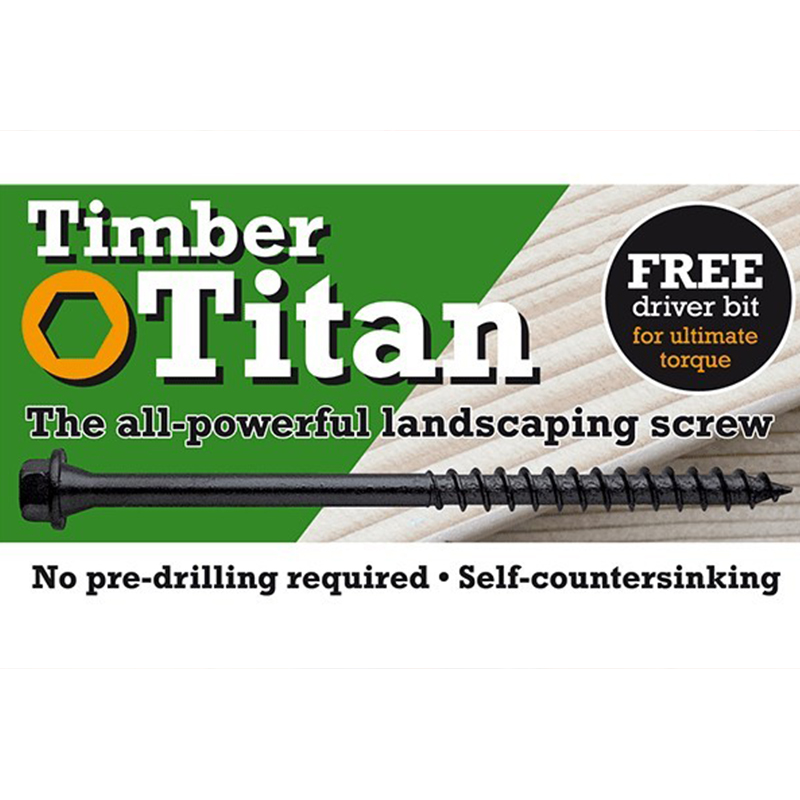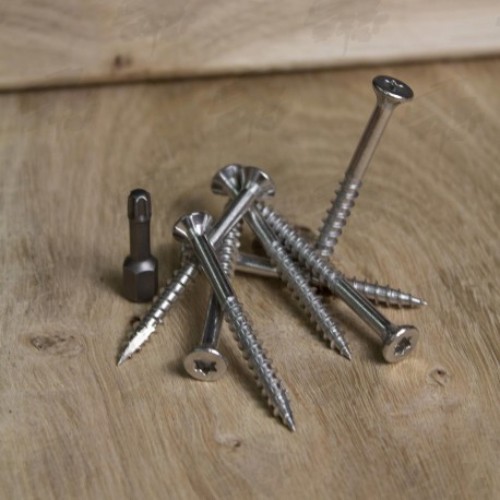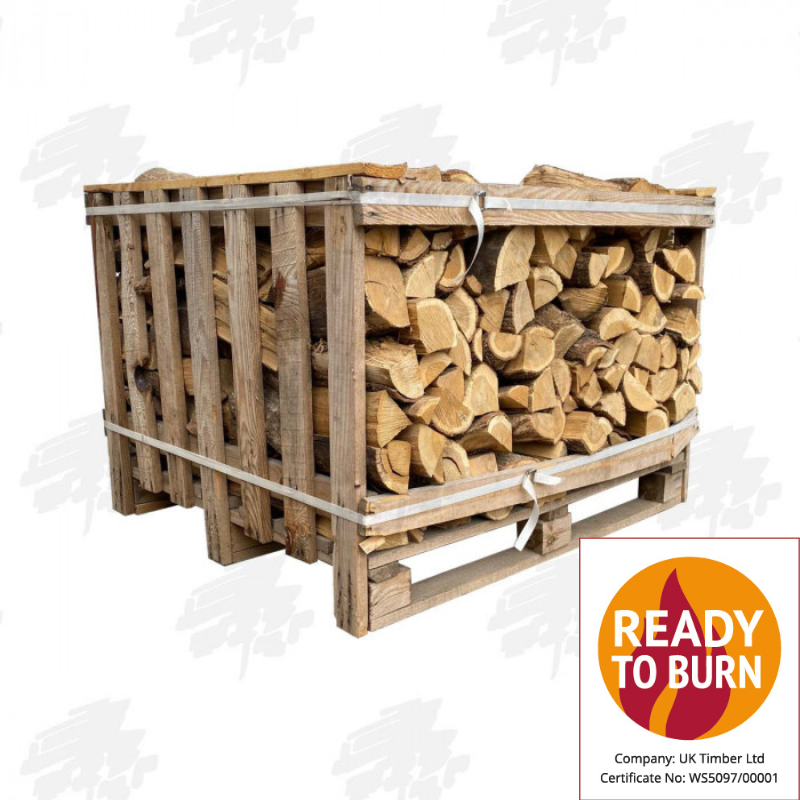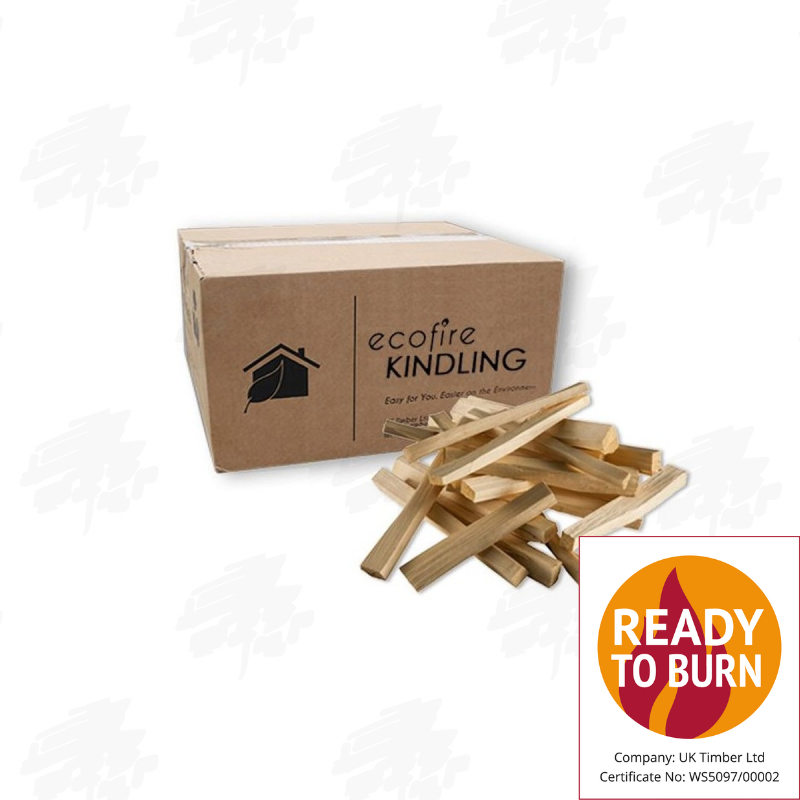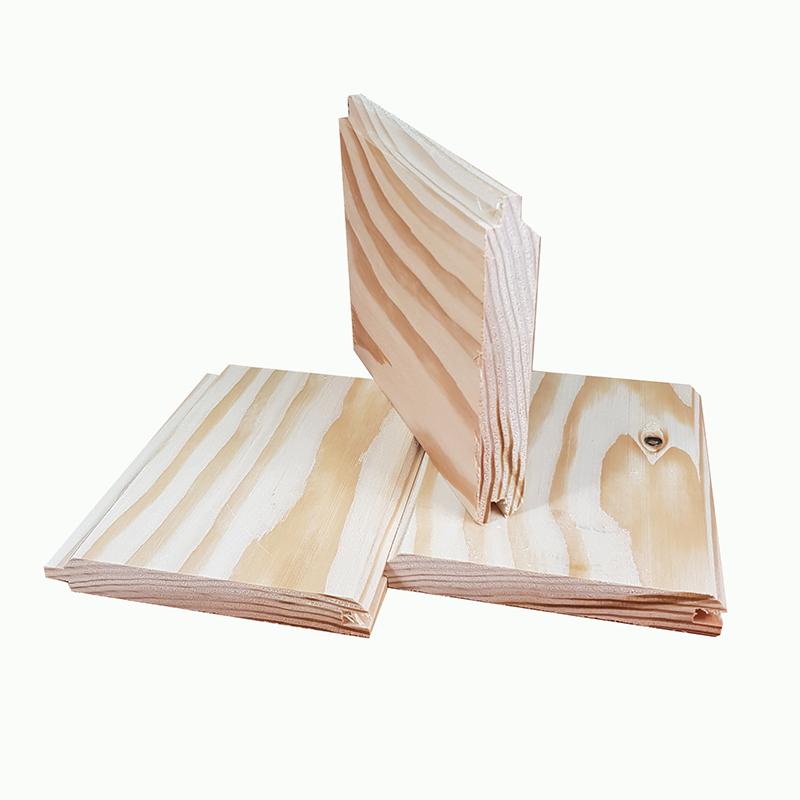The Complete Guide to Timber Cladding
-
Railway Sleepers
-
Welcome to the New Look UK Sleepers Website
We're offering the same great range of products with a better user experience
Order Online 24/7 with delivery straight to you door!
-
-
Raised Bed Kits, Decking, Pergola Kits & Components
-
Raised Bed Kits, Decking, Pergola Kits & ComponentsFeatured Products
View our range of Pergola KitsBrowse our pergola kits, there is something for every need!
-
-
Sawn To Size - Custom Cutting
-
Sawn To Size - Custom CuttingWelcome to the New Look UK Sleepers Website
We're offering the same great range of products with a better user experience
Order Online 24/7 with delivery straight to you door!
-
-
Timber Cladding
-
Timber Cladding
Take a look at our wide range of timber cladding, in all manner of sizes, materials and profiles.
-
-
Beams, Boards & Structural Timber
-
Beams, Boards & Structural TimberFeatured Products
Beams, Boards and Structural TimberBrowse our range of boards, beams and other structural timber. Avaiable in Oak, Larch and Douglas Fir.
-
-
Handcrafted Gates, Gate Posts & Fencing
-
Handcrafted Gates, Gate Posts & FencingFeatured Products
-
-
Hardwood Flooring, Doors & Joinery
-
Hardwood Flooring, Doors & JoineryFeatured Products
Hardwood Flooring, Doors & JoineryLook at our wide range of Hardwood Flooring, Solid Wood Doors and Joinery products. Available in many materials and finished to get the aesthetic you desire.
-
-
Fixings & Treatments
-
Fixings & TreatmentsFeatured Products
Fixings & TreatmentsBrowse our range of fixings and treatments, with options to suit all the timber we offer.
-
-
Renewable Fuels
-
Renewable FuelsFeatured Products
Renewable FuelsWe have a large range of renewable fuels to choose from, including Wood Briquettes, Kiln Dried Firewood, Kindling and an assortment of firelighters.
-
-
Offers & Specials
-
Welcome to the New Look UK Sleepers Website
We're offering the same great range of products with a better user experience
Order Online 24/7 with delivery straight to you door!
-
- Our Products
- All Railway Sleepers
- Sleepers
- Raised Bed Kits, Decking, Pergola Kits & Components
- Timber Cladding
- Structural and Building Timber
- Handcrafted Gates, Gate Posts & Fencing
- Hardwood Flooring, Doors and Joinery
- Fuels
- Fixings and Treatments
- Other Pages
- Sawn to Size - Custom Cutting
- Offers & Specials
- Sleeper Grades Explained
- Oak Beam Grades Explained
- Timber Shipping Costs
- Payment Information
- Terms & Conditions
- About Us
- Find Us
- Contact Us
- Register For News & Offers
News
Timber Cladding: The Complete Guide
Timber Cladding: The Complete Guide
Timber cladding transforms buildings like few other materials can. Over the past two decades, we've supplied cladding for everything from modest garden offices to major commercial renovations across Britain, and the results never fail to impress us. But here's what we've learned: spectacular results come from understanding the details that most people overlook.
This isn't just about choosing wood and nailing it to walls. Proper timber cladding involves understanding timber species, installation techniques, maintenance requirements, and how British weather affects different materials over time. Get these fundamentals right, and you'll have cladding that improves with age rather than deteriorating.
Understanding Timber Species: What Actually Works in Britain
After supplying thousands of linear meters of cladding across the UK, we've observed clear patterns in how different timber species perform in our climate.
European Oak: The Premium Choice
Oak remains our most requested cladding material, and there's good reason for that. Its natural durability means it can handle anything British weather delivers without chemical treatments. Fresh-sawn oak starts pale but develops that distinctive silvery-grey patina within 12-18 months of exposure.
Character grade oak includes knots, irregular grain, and occasional sapwood – features that many people initially worry about but come to appreciate for the visual interest they create. The knots actually add structural integrity rather than weakening the boards, contrary to what some people assume.
British Larch: The Native Alternative
Larch grows naturally in British conditions, which makes it inherently suited to our climate. It's naturally resinous, giving it excellent weather resistance without treatment. Fresh-cut larch has a warm, honey colour that weathers to an attractive silver-grey.
The main advantage of British larch is stability. It moves less than imported softwoods during seasonal changes, which means fewer gaps opening up between boards and more consistent appearance year-round.
Douglas Fir: The Economical Performer
Douglas fir offers excellent value without compromising on performance. It's lighter than hardwoods, making installation easier, but still dense enough to handle exposed conditions well. The natural resin content provides weather resistance, though not quite to the level of larch or oak.
For projects where budget matters but quality can't be compromised, Douglas fir often provides the perfect balance.
Cladding Profiles: Why They Matter More Than You Think
Most people focus on timber species and overlook profile selection. That's a mistake. The profile affects both appearance and weather performance significantly.
Featheredge: The Traditional British Choice
Featheredge cladding creates that classic overlapping weatherboard appearance found on traditional British buildings. Each board overlaps the one below, creating excellent weather protection and those distinctive shadow lines that give buildings character.
The key with featheredge is getting the overlap right. Too little and weather penetration becomes an issue. Too much and you waste material while creating an unbalanced appearance. We typically recommend 25-40mm overlap depending on board width.
Shiplap: Precision Performance
Shiplap's rebated edges create continuous weather seals between boards. This makes it particularly effective in exposed locations where driving rain is common. The smooth, almost seamless appearance suits contemporary buildings better than traditional ones.
Installation requires more precision than featheredge, but the weather performance justifies the extra effort, especially on buildings that face prevailing winds.
Waney Edge: Natural Character
Waney edge cladding retains the natural edge of the tree, creating boards with irregular widths and organic shapes. This style works particularly well on buildings in rural settings where the irregular appearance complements natural surroundings.
The practical challenge with waney edge is ensuring adequate overlap despite the irregular board shapes. It requires more planning during installation but creates unique character that's impossible to achieve with machine-cut profiles.
Installation Fundamentals: Where Most Projects Go Wrong
Poor installation ruins more cladding projects than poor materials ever do. After seeing numerous installations over the years, we've identified the critical factors that separate successful projects from problematic ones.
Substrate Preparation
The surface behind your cladding needs to be sound and properly prepared. This means checking for structural issues, ensuring adequate insulation, and installing proper breathable membranes where required.
Breathable membranes are particularly important in Britain's damp climate. They allow moisture vapor to escape from inside the building while preventing external moisture penetration. Skip this step and moisture problems become almost inevitable.
Batten Systems
Vertical battens create the ventilation gap behind cladding that's essential for long-term performance. This air gap allows moisture to escape and prevents the stagnant conditions that promote rot.
Batten sizing depends on your cladding profile and local exposure conditions. In high-wind areas or with heavy cladding like oak, more substantial battens are necessary. Minimum 25mm x 38mm treated softwood battens work for most applications, but exposed coastal locations often need larger sections.
Spacing and Movement
Timber moves with moisture changes, and British weather provides plenty of moisture variation. Proper spacing accommodates this movement without creating unsightly gaps or buckling boards.
For most cladding applications, 3-5mm gaps between board ends allow for seasonal movement. Ground clearance should be at least 150mm to prevent splash-back and ground moisture problems.
Weather Performance: Reality vs. Marketing Claims
Timber cladding marketing often oversells weather resistance while underselling maintenance requirements. Here's what actually happens to different materials in British conditions.
Natural Weathering Process
All timber cladding changes colour when exposed to UV light and moisture. This isn't failure – it's natural weathering that can enhance appearance when properly managed.
Oak and larch develop attractive silver-grey patinas within 12-18 months. Douglas fir tends toward more greyish-brown tones. Some people try to prevent this weathering with UV-blocking treatments, but we generally recommend embracing the natural colour changes rather than fighting them.
Moisture Management
British weather means moisture management is crucial. Proper installation details – adequate overhangs, ground clearance, ventilation gaps – matter more than timber choice for preventing moisture problems.
The most durable timber in the world will fail if installation details allow water to accumulate or prevent drying. Conversely, even relatively vulnerable species can perform well when installation manages moisture effectively.
Maintenance Reality: What You Actually Need to Do
Maintenance requirements vary dramatically depending on timber choice, installation quality, and performance expectations.
Oak and Larch: Minimal Intervention
Properly installed oak or larch cladding requires minimal maintenance beyond occasional cleaning. These species handle British weather without chemical treatment, aging gracefully rather than deteriorating.
Annual inspection to check for loose fixings or damaged boards covers most maintenance needs. Replacement of individual damaged boards is straightforward with overlapping profiles.
Treated Softwoods: Regular Attention
Pressure-treated softwoods need more attention to maintain appearance and performance. Retreatment every 3-5 years helps maintain weather resistance, though this frequency depends on exposure conditions and treatment quality.
End-grain sealing is particularly important with softwoods. Cut ends expose untreated timber that's vulnerable to moisture penetration and decay.
Design Integration: Making Cladding Work with Your Building
Successful cladding projects consider the existing building architecture, local planning requirements, and practical installation constraints.
Period Property Considerations
Traditional buildings often suit traditional cladding profiles. Featheredge weatherboarding complements period architecture without competing with existing features. Waney edge can work well on vernacular buildings where organic shapes suit the context.
Modern profiles like shiplap can look out of place on period buildings, regardless of timber choice. Consider the building's character before selecting profiles.
Contemporary Applications
Modern buildings offer more profile flexibility. Clean shiplap lines suit contemporary architecture, while the precision engineering appeals to people who appreciate technical excellence.
Vertical cladding works particularly well on contemporary buildings, creating strong architectural lines that emphasize building proportions.
Sustainability and Environmental Impact
Timber cladding offers environmental advantages over many alternative materials, but the benefits depend on sourcing and end-of-life management.
Proper installation and maintenance extend cladding life significantly, improving the environmental payback. Well-maintained oak cladding can last decades, while poorly installed materials might need replacement within 10-15 years.
Common Mistakes and How to Avoid Them
After decades in the timber business, we've seen most possible mistakes. Here are the ones that cause the most problems:
Inadequate Ventilation
Skipping ventilation gaps or using inadequate batten depths creates moisture problems that can destroy even the best timber. Never compromise on proper ventilation details.
Poor End-Grain Protection
Cut ends expose vulnerable timber that needs protection. End-grain sealer application during installation prevents many future problems.
Inappropriate Fixings
Stainless steel fixings cost more initially but prevent staining and corrosion problems. Standard steel fixings create rust stains that can't be removed and may cause structural problems over time.
Choose oak or larch for minimal maintenance and maximum longevity. Select Douglas fir for value without compromising quality. Whatever timber you choose, invest in proper installation – it makes more difference to long-term performance than material choice.
Most importantly, work with suppliers who understand the technical aspects as well as the aesthetic ones. Timber cladding success depends on getting the details right, and experience matters when those details determine long-term performance.
Planning a timber cladding project? Our team has been supplying cladding materials for over 20 years across Britain. Call us on 01536 267107 to discuss your specific requirements, or browse our complete range of timber cladding online.
Use our chat on the right, or contact us
or send us an email at
sales@uksleepers.co.uk.
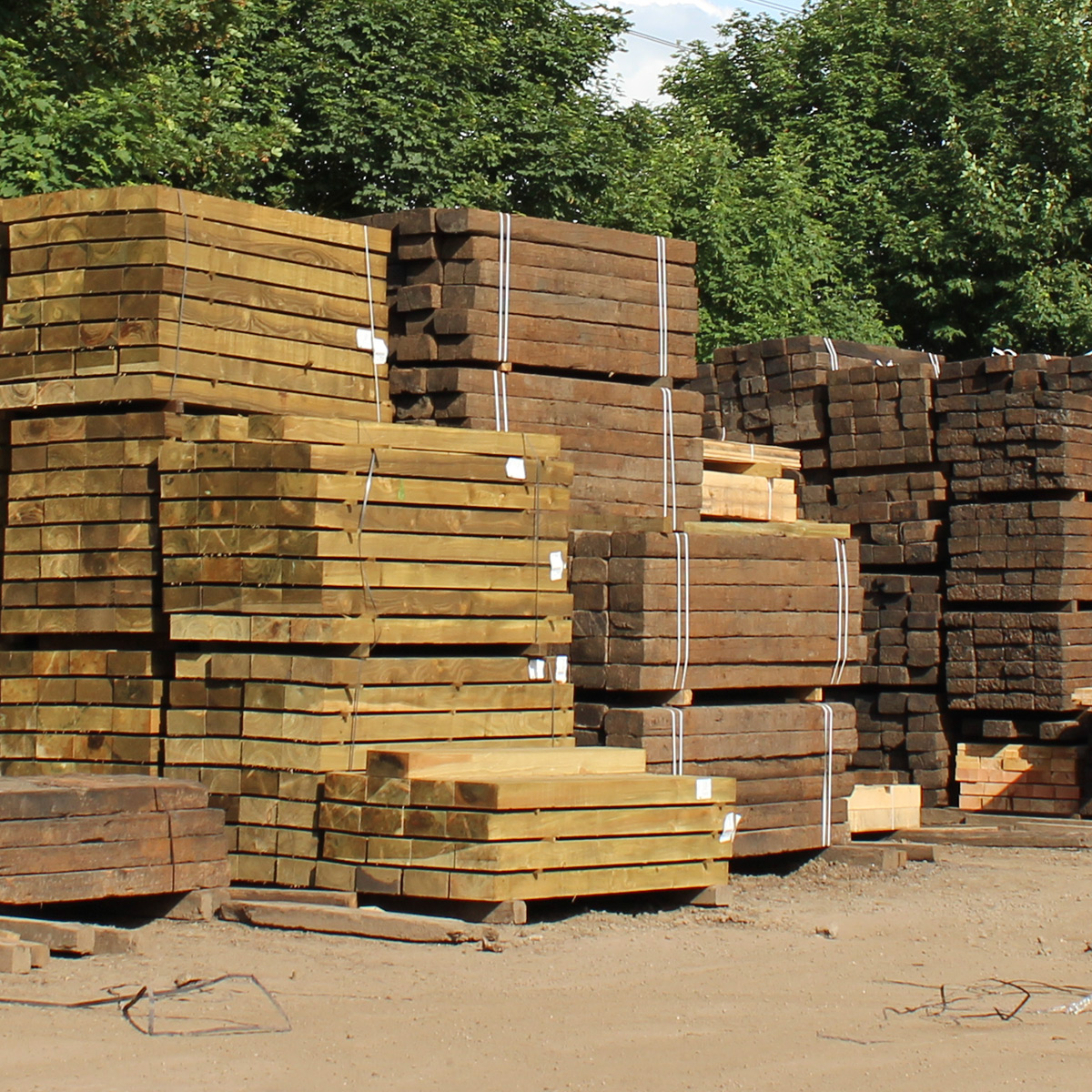
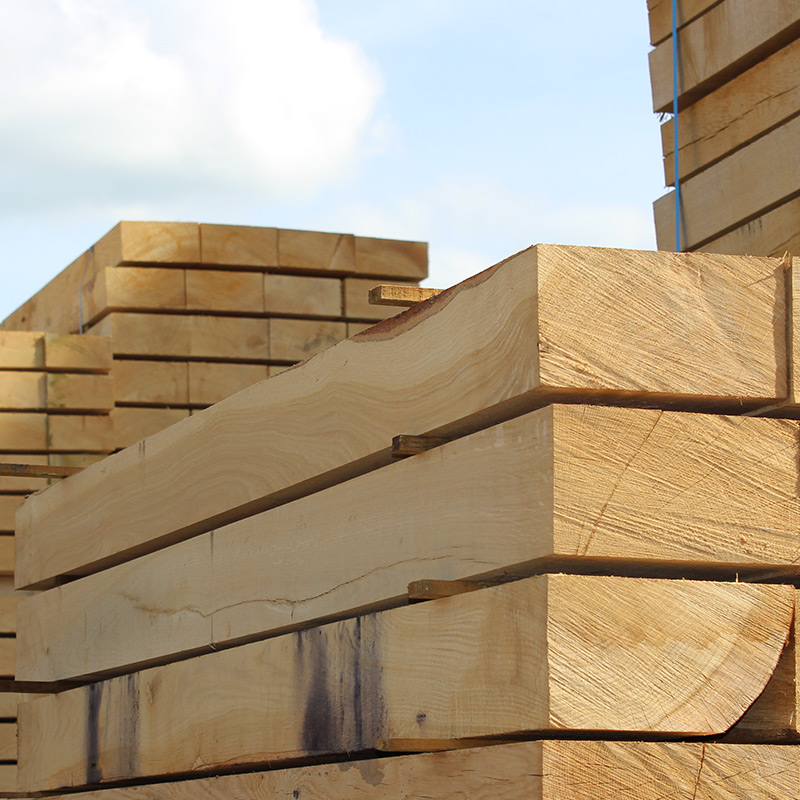
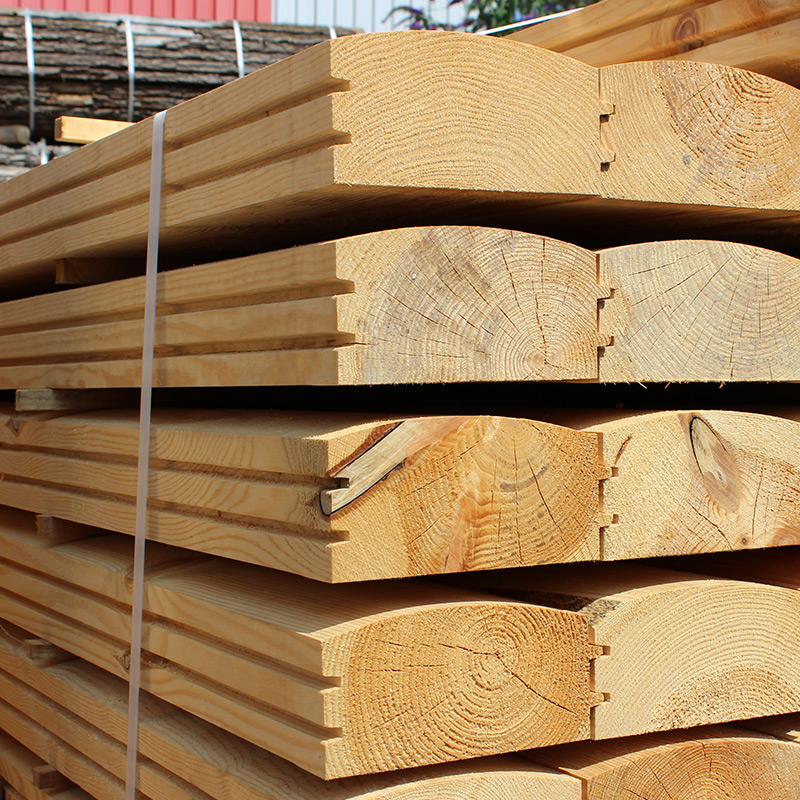
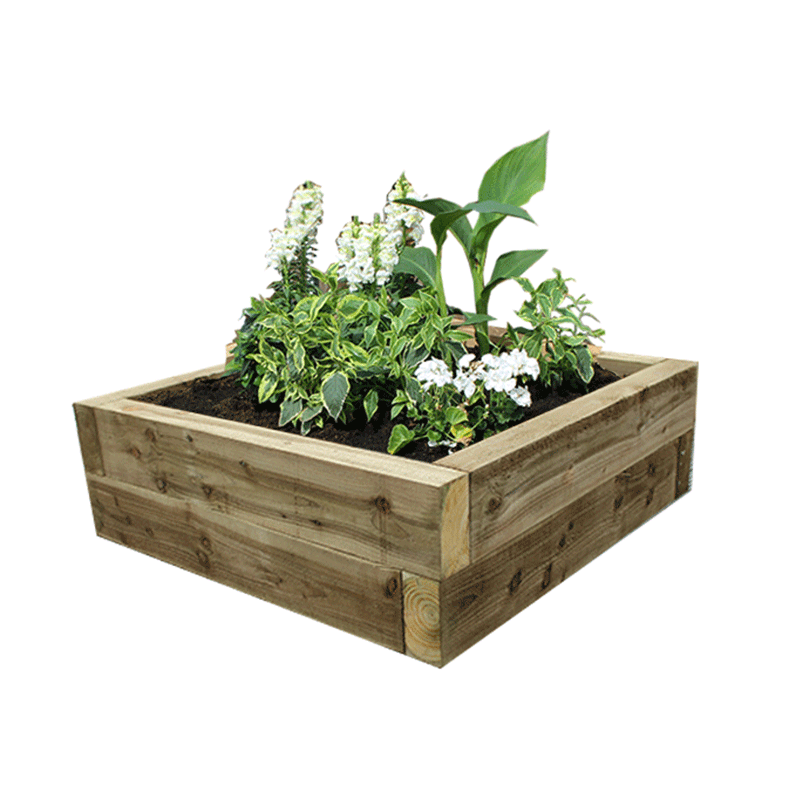
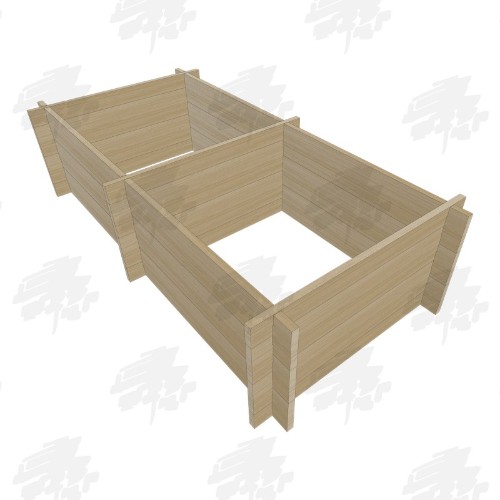
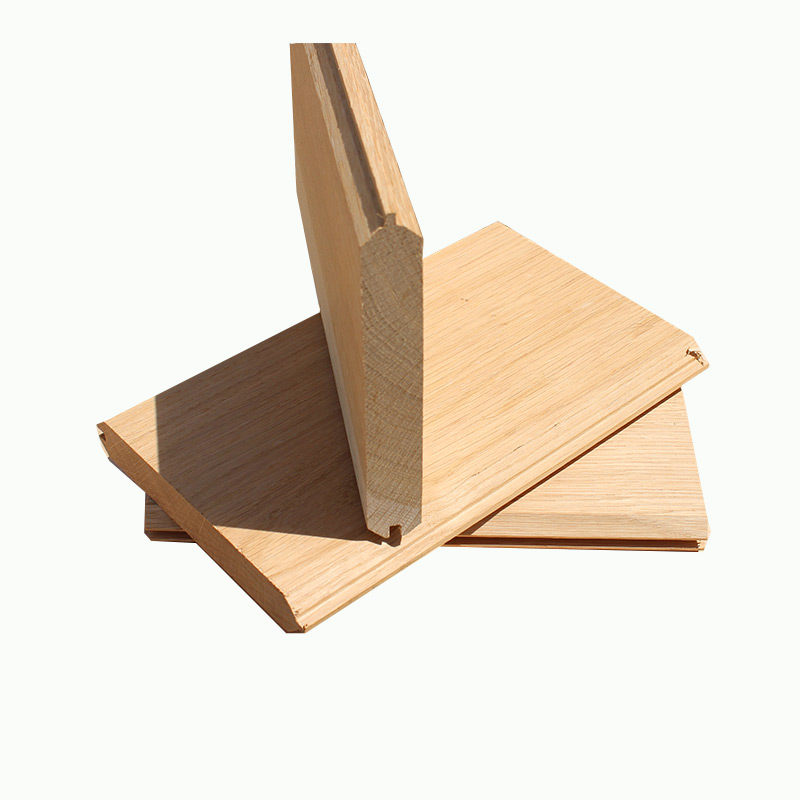

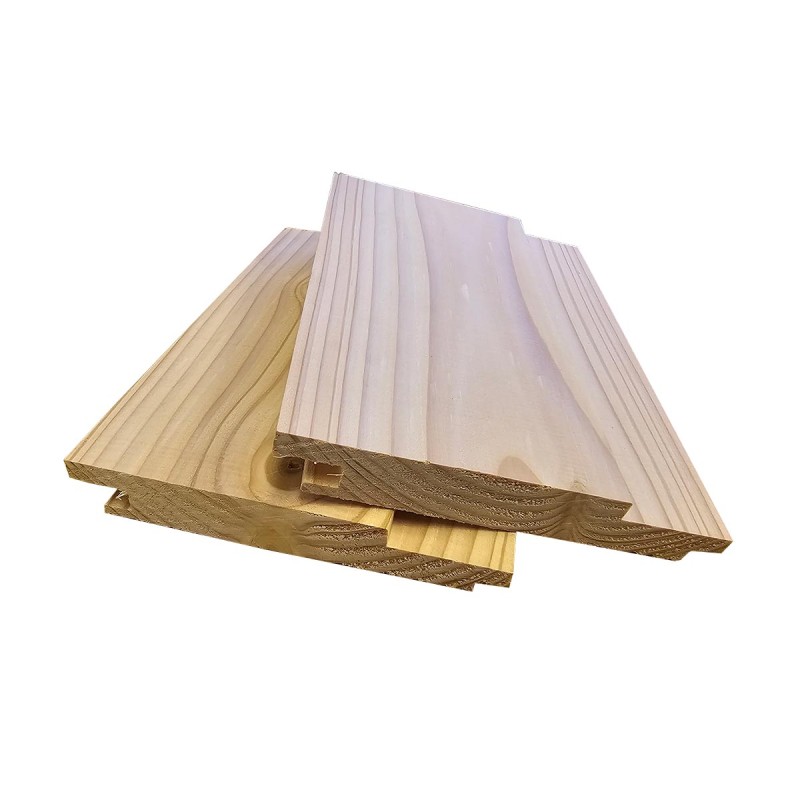
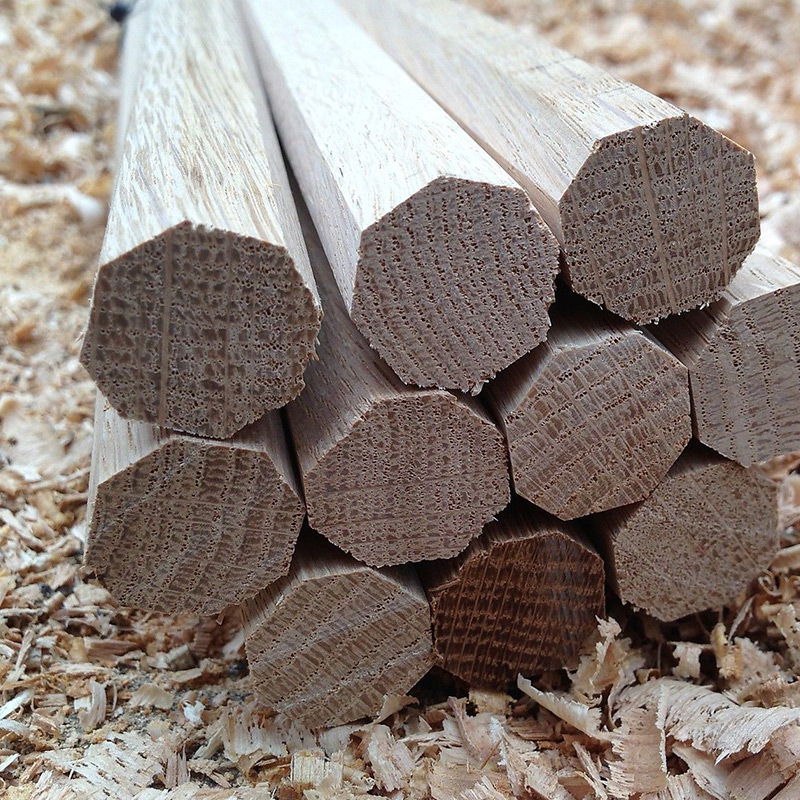

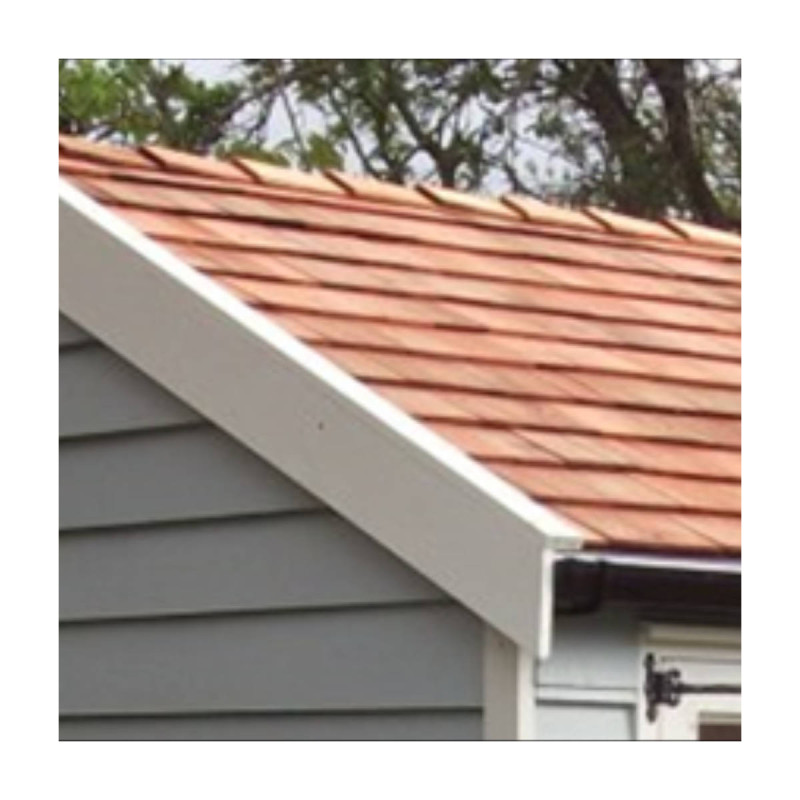
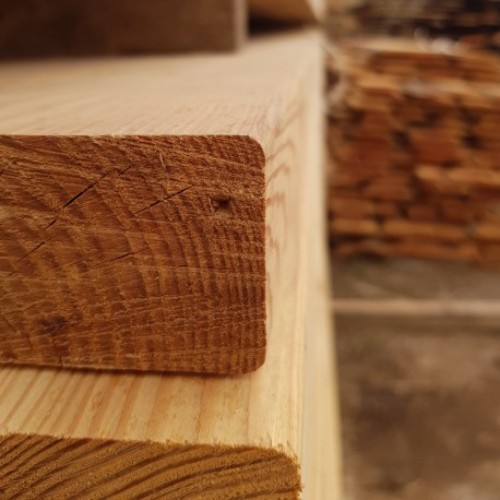
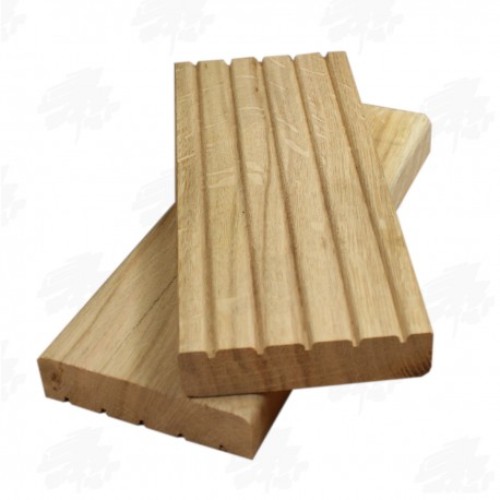
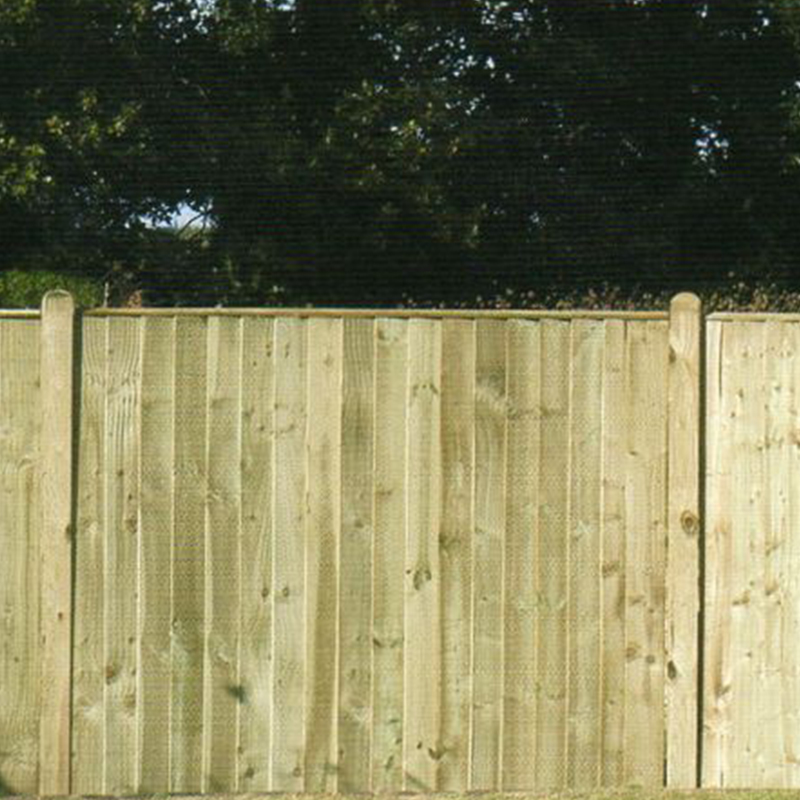
.jpg)
